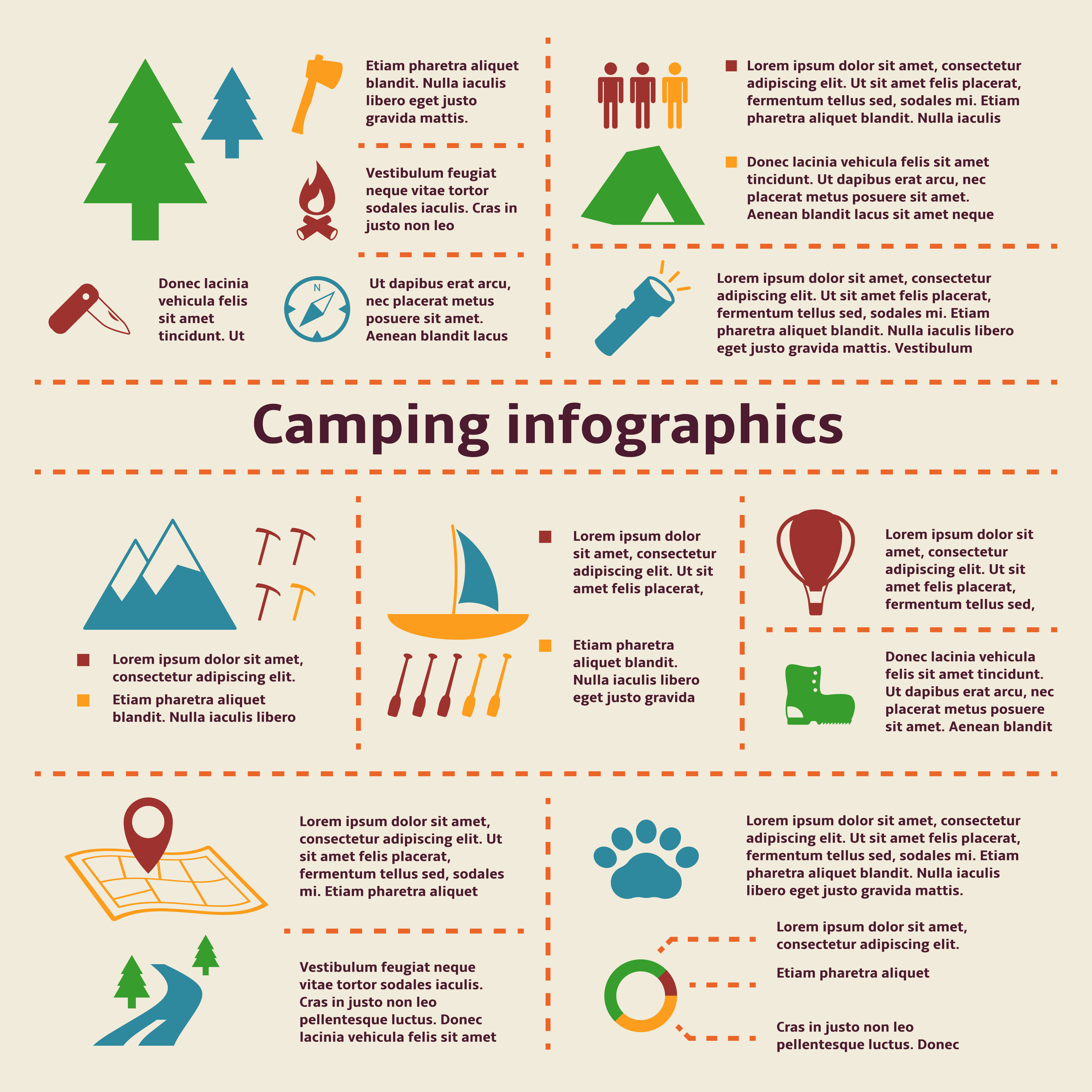Expanding Sales Through Offering Camping Tents Online
Expanding Sales Through Offering Camping Tents Online
Blog Article
Does Your Backpacking Outdoor Tents Need a Footprint?
A footprint is expensive and includes extra weight to your backpack. It also isn't particularly resilient.
Do glamping pods have electricity?
Eventually, whether or not a camping tent impact is essential relies on where and just how usually you're camping. As a whole, it's an excellent concept to make use of one if you camp on rough surface areas or in damp conditions.
Camping Tents with Lower Deniers and Water Resistant Ratings
Camping tents with lower deniers and waterproof ratings tend to be lighter, but they can also be more fragile. They might call for even more regular repair services and have much less interior space than tougher models. If you're a casual backpacker who suches as to take a trip quick and light, this may be fine; nevertheless, more skilled hikers know that giving up longevity can come with large repercussions down the path.
The denier and water resistant score of a tent's canopy, rainfly, and flooring can aid you identify its livability. Try to find higher-denier materials on the canopy and rainfly, as well as taped joints that aid stop water from seeping via stitches. Some suppliers also utilize heat and sealant throughout building and construction to develop a more powerful joint; these are called welded seams.
The livability of a tent can additionally be established by its flooring dimensions and capacity. A tent's flooring must be somewhat smaller than the footprint to stop water from merging under the shelter.
Tents in Rough Terrain
Many backpacking outdoors tents consist of a footprint designed particularly for their model, which aids make sure a proper fit and secures the camping tent's base from dampness and sharp items. Other manufacturers sell global impacts that can be cut or folded up to match a camping tent's dimensions.
The type of surface you'll come across is one more important factor to consider for choosing an outdoor tents. For example, if you'll be camping in a canyon or gully, look for a sanctuary that can deal with solid winds. These problems create disturbance that can make the difference between appreciating your campsite or enduring discomfort.
The capacity and optimal height of an outdoor tents provide you a good idea of its livability, but extra factors to take into consideration include vestibules (the section of the rainfly covering the doors) and general storage space. As an example, during our winter months testing of the Marmot Tungsten, its charitable 93-by-82-inch flooring easily managed four perspiring backpackers and their puffier shoulder season resting bags while still leaving sufficient area for gear and individuals.
Camping Tents in Wet Issues
Even if your tent shows up dry, wetness lurks in the spaces and crannies. Over time, it can break down the fabric. That's why it's so vital to benefit from day of rest to deep-clean your camping tent and its components, such as zipper cellular linings, risk loops and flexible webbing straps.
Additionally, ensure to pitch your outdoor tents in a flat location, not a divot or concave spot, to ensure that ground tent footprint water doesn't gather in between the camping tent flooring and footprint or tarpaulin. And if you're using a footprint, take into consideration a custom-cut one developed for your outdoor tents's floor plan. It will not collect rainwater the means a generic ground cloth or tarp can.
Technique setting up and removing your tent in your home prior to you hit the trail, to obtain a feel for just how rapidly and successfully you can do it. Also, method surveying your tent in various surfaces to see exactly how very easy it is (or isn't) to do in bad weather conditions.
Camping Tents in High-Rise Situations
Outdoors tents range in floor dimension and livability. As an example, a large camping tent with twin doors and vestibules like Marmot's Tungsten can handle four backpackers without calling for acrobatics to get in and out or to keep equipment.
The minimum path weight requirements is the best specification to contrast models, as it includes the bare basics: outdoor tents body, rainfly and poles. However remember that the spec excludes camping tent risks, individual lines and things sacks.
Many backpacking camping tents can stand up to a light summer storm, however some can be swept away by gale-force gusts. Seek a model with strong poles, an elevated bathtub-style flooring and seam taping to decrease the possibility of water permeating via. Pricier styles likewise often tend to include more powerful materials that can withstand the influence of debris and various other forces.
How much is a canvas tent?
